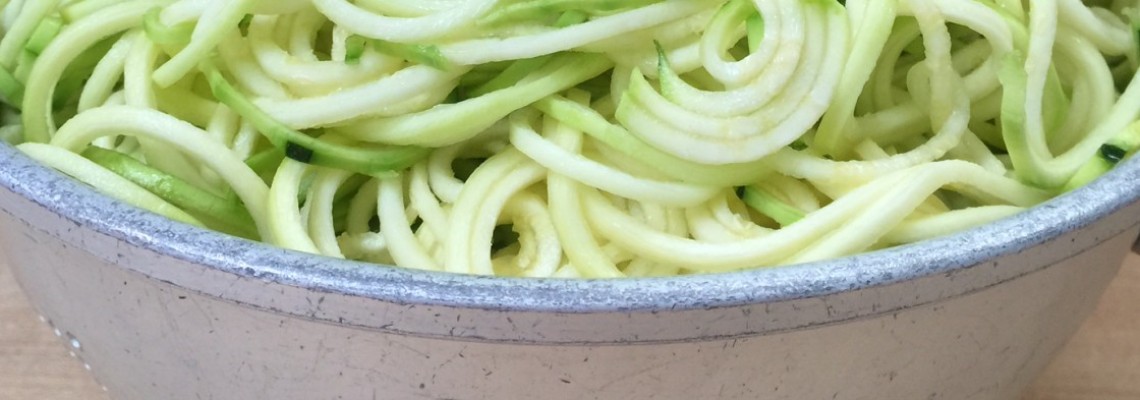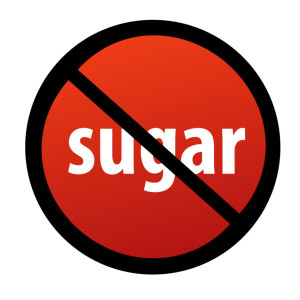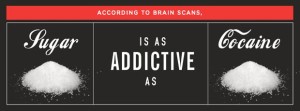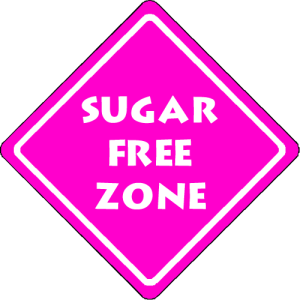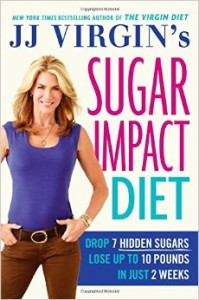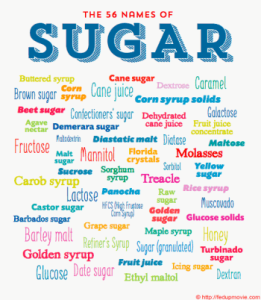For the most part, I think most would agree that sugar is bad, very bad! It causes a copious amount of diseases, is almost entirely responsible for the obesity epidemic in our country, and is 8 times more addictive than cocaine. Yes 8 TIMES more addictive than COCAINE!
So what about all those “sugar free” choices out there? Well, this is the definition by the FDA of “sugar free” : “Sugar Free”: Less than 0.5 g sugars per RACC and per labeled serving (or for meals and main dishes, less than 0.5 g per labeled serving) (c)(1)
Contains no ingredient that is a sugar or generally understood to contain sugars except as noted below (*) You can read their definitions on the FDA website here. The problem with this definition is the fact that there are a lot of ingredients these days that are hidden in our foods that will spike your insulin levels faster than cane sugar and are not identified as so called “sugar”. Many of these are sneaky ingredients in foods you would never guess like salad dressings, spices and seasonings, and marinated products. These are foods that you may still be eating because I know you are not eating those awful processed foods anymore, right?
You need to know that just because you don’t see “sugar” or dare I say, “high fructose corn syrup” on the label does not mean you are home free.
Here is a list taken from JJ Virgin’s Sugar Impact Diet book:
The Many Names for Sugar
Barley Malt
Beet Sugar
Brown Sugar
Buttered Syrup
Cane Juice Crystals
Cane Sugar
Caramel
Carob Syrup
Castor Sugar
Confectioners’ Sugar
Corn Syrup
Corn Syrup Solids
Date Sugar
Demerara Sugar
Dextran
Dextrose
Diastatic Malt
Diatase
Ethyl Maltol
Fructose
Fruit Juice
Fruit Juice Concentrate
Galactose
Glucose
Glucose Solids
Golden Sugar
Golden Syrup
Grape Syrup
High-Fructose Corn Syrup
Honey
Icing Sugar
Invert Sugar
Lactose
Malt Syrup
Maltodextrin (This is a BIG one!)
Maltose
Maple Syrup
Molasses
Muscovado Sugar
Panocha
Raw Sugar
Refiner’s Syrup
Rice Syrup
Sorbitol
Sorghum Syrup
Sucrose
Treacle
Turbinado Sugar
Yellow Sugar
And don’t forget the sweeteners:
Acesulfame Potassium
Alitame
Aspartame
Aspartame-acesulfame salt
Cyclamate
Isomalt
Neohesperidin dihydrochalcone
Nutrasweet
Saccharin
Spenda
Sucralose
If you see any of these ingredients – Stay away – far, far away. If you are still drinking diet drinks – wean yourself, by drinking sparking water, La Croix, fresh brewed tea, or water! It does the body good!
The sneakiest one on the list for me has been the Maltodextrin! It is in more than you could imagine. I have found it in sauces, and especially seasoning mixes. For instance, I used to love dumping a packet of Hidden Valley Ranch dressing mix into 16 ounces of sour cream for a yummy veggie dip. Then, I actually took a minute to look at the ingredients, and there it was, in black and white – #3 on the ingredient list – Maltodextrin. That was a huge wake up call for me when I thought I was doing it all right! I cannot say it enough, “READ YOUR LABELS!” A really good rule of thumb to follow is this: If it has more than 5 ingredients, you probably shouldn’t eat it, but if it has ingredients you cannot pronounce, you definitely should not eat it! I guarantee that if you saw the manufacturing and chemical processing of these products you wouldn’t want them in your body. Best to choose foods grown from the earth or raised grazing the green grass. These are your REAL FOODS!
The other mention on this subject is the Glycemic Index. There is more study needed on this index, but it is a good resource going back to ingredients like Maltodextrin. The Glycemic Index measures how much the food you eat affects your blood sugar levels. The higher the rating, the greater the effect the food will have on your blood sugar. The scale ranges from 0 to 100, with 100 being the highest (well-used to be the highest). A 100 rating will shoot your blood sugar through the roof! Here are some examples:
Remember that Maltodextrin? Well, it measured higher than pure Glucose which used to top the scale:
Maltodextrin – 110
Pure Glucose – 100
Splenda – 80
Sucrose (Table Sugar) – 65
Maple Syrup – 54
Honey – 50
Lactose – 45
Coconut Palm Sugar – 35
Maltitol – 35
Agave – 15
I like this website published by the University of Sydney, that allows you to enter in foods to calculate the impact it has on your body. This website published by Harvard is also an eye-opening chart that lists common foods with their Glycemic Index as well as the Glycemic Load which takes into account the serving size, or “dose” of sugar. The difference between the Glycemic Index and Glycemic Load is the serving size. The “Index” measures the sugar impact on the same amount of food, not a typical serving size. The “Load” uses the Glycemic Index as its foundation but takes serving size into account.
Watch out for those hidden sugars. “No Sugar Added” always mean sugar! Food labels are tricky. I really like the way JJ Virgin writes in her book, “Let’s be honest. You get excited when you see that sparkly starburst on the box telling you there’s been no sugar added to those fruit roll-ups. Well, I’ll be delicate here. They’re taking some poetic license – with you health. Manufacturers give you some credit, and they know that if you saw a box that read “21 teaspoons of added sugar for your metabolic upheaval!” you might think twice. So they’ve spent a lot of time and money testing ways to get around your sensible objections so they can manipulate you into buying as much of what they’re selling as possible, guilt and worry free. They’ve made all your favorite treats “without added sugar,” so you could have your cake and eat it, too….And just because a manufacturer labels a food or drink “no added sugar,” that in no way means that it doesn’t contain sugar. No added sugar does not mean sugar-free. It can also mean they’ve used fruit juice concentrate as their sweetener. That’s essentially fructose without the fiber. (Fructose goes straight to your liver!) And remember that white flour will end up as sugar anyway, so many of the ingredients in your no-sugar added cookie will turn into sugar as soon as you start munching. Labels can be misleading.” JJ Virgin – Sugar Impact Diet.
In a nutshell, read your labels – the ones on the back, buy “Real Food”, and know your sugars and their impact. And remember:
